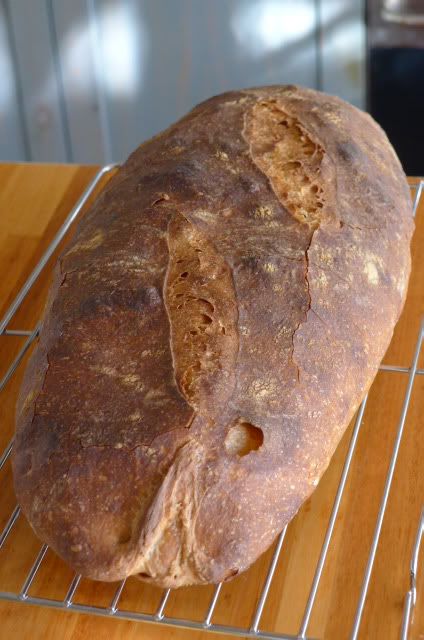Panzanella - a great way to use leftover bread
You know those drying butt-ends of sourdough bread from the previous bake that you leave sitting in a bag, in danger of being forgotten until it's too late? I hate wasting bread, so am always on the lookout for ways to use those leftover bits.
Cubed leftover bread makes great croutons, and of course you can keep yourself in good supply of bread crumbs using a food processor. I keep a bag of frozen bread crumbs in the freezer door, which I often top up.

